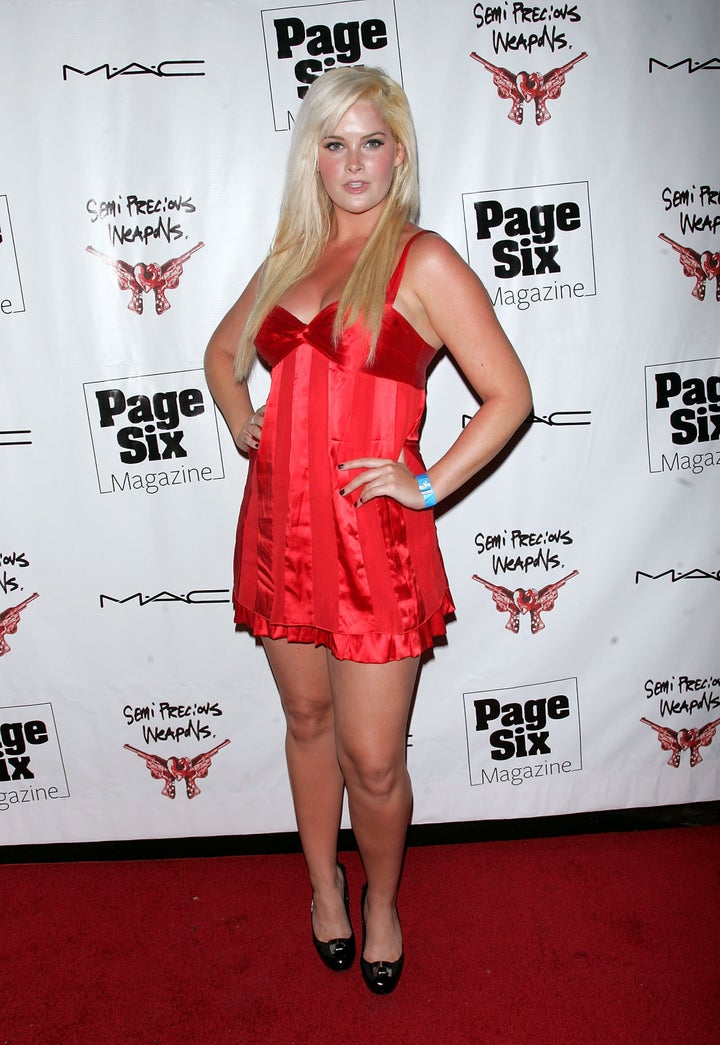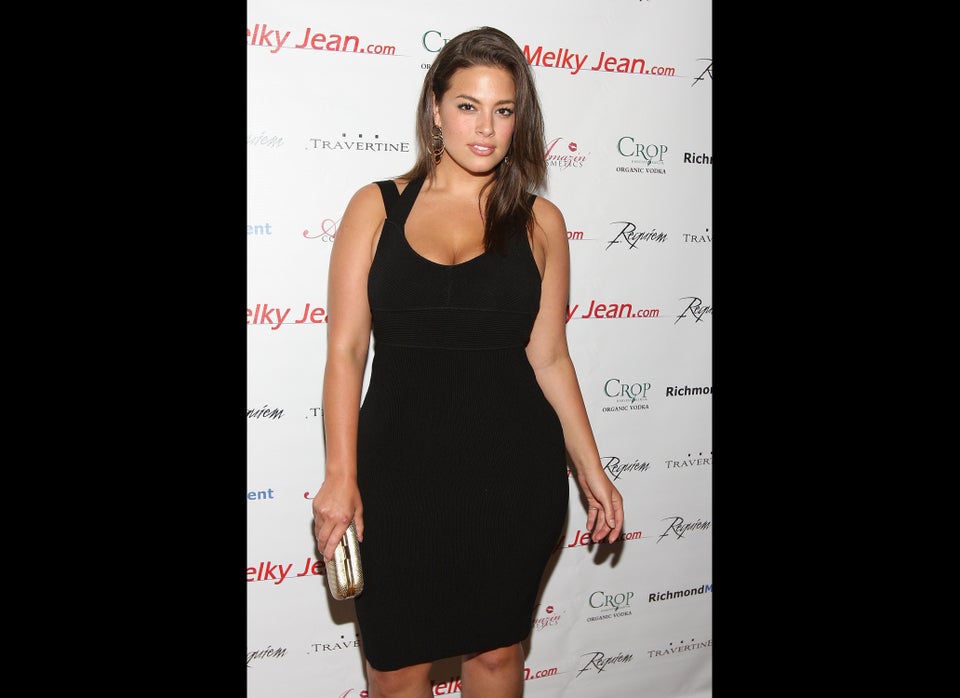Before Ashley Graham became a household name, before brands began capitalizing on the anti-Photoshop movement and before the conversation about inclusivity in fashion had the stage it does today, Whitney Thompson made history as the first ever plus-size winner of “America’s Next Top Model.”

That was 10 years ago. These days, Thompson’s life is a bit more farm-to-table than ready-to-wear. After deciding to take a step back from modeling in 2013, she and her husband moved to Tennessee, where they opened a fine dining restaurant. “It was so out of left field for me,” she said.
In the years since she won “America’s Next Top Model,” the show, as well as the modeling industry at large, has made slow steps to embrace women of different shapes and sizes. Thompson is still the only plus-size winner of the competition, but she told HuffPost she credits Tyra Banks with the show’s growth and shift toward promoting a more positive body image.
“The show has absolutely evolved over the years,” she said. “I think that it grew with Tyra. It was her baby, and you can see her wisdom and knowledge played a role in the evolution. When I won, Tyra cried. And I remember, this was maybe a year after her swimsuit photos surfaced and she was fat-shamed, thinking that my win personally affected her.”
Thompson with Tyra Banks, Nigel Barker and J. Alexander after her win.
Some of the show’s more intense moments (ahem, “we were all rooting for you!”) can feel, to the viewer, a bit over the top. But Thompson told HuffPost that aside from times she felt disappointed while watching an episode and finding something, like winning a challenge, had been cut out, the show is “absolutely real.”
She said the circumstances of the show’s production provides some of its more dramatic scenes.
“We had 13 girls on our season,” she said. “We lived in a two-bedroom, two-bathroom apartment in New York City. The show wanted to do a focus on anti-smoking, so all of the girls were told as soon as they moved in that they would not be allowed to smoke. They would also not be allowed to leave the apartment unless we were shooting for the show. Obviously, this was a recipe for disaster. We responded to the circumstances the way that any sane person would, which is by acting crazy.”
Yet, Thompson said she has no regrets about being on the show, which led her not only to modeling gigs but also to become an advocate for the National Eating Disorder Association. She also found her voice, confidence and mission in life. Thompson told HuffPost it’s the fan mail she receives that is her “biggest motivator.”
“First of all, the show airs in over 100 countries, so fan mail is as varied as you can imagine,” she said. “But the letters were not just like, ‘Whitney, I like you because you’re pretty.’ I receive letters like ‘Whitney, my daughter suffers from bulimia and anorexia. She has been in treatment for months but has never taken to the program. After watching you on “Top Model,” she has decided that she wants to fight to be healthy again.’”
Receiving those kinds of letters were both eye-opening and, at times, challenging for Thompson, who told HuffPost it was part of the reason she felt the need to step out of the spotlight. “If words like that don’t force you to suck it up and power through whatever is going on in your life, I don’t know what will,” she said. ”‘Oh, Whitney, are you cold shooting this swim line in London? Well, that girl in Spain said that she wore a bathing suit for the first time because of you, so put a smile on and finish the job.’”
And while she called that kind of responsibility a “big weight on your shoulders,” she maintains “eternally grateful for the impact I could offer. If any of it impacted even one person’s life, then I am glad.”
Still, Thompson does not mince words when it comes to the realities of the modeling industry, which she calls “treacherous.”
“This is an industry literally based on lies,” she said. “We give 13-year-old girls hundreds of thousands of dollars to sell wrinkle cream to aging women, results that can never be achieved. Every model is airbrushed, every model has hair extensions, even ones with short hair, just for volume.” And that, she said, is just the tip of the iceberg.
“On top of navigating your way through photographers that want to shoot you topless and ‘promoters’ who want you to spend the weekend in the Hamptons with super-rich businessmen, you’re also dealing with agents giving you hell because your skin is breaking out, your hips are too big, your hair is the wrong shade of blond, etc.”
Then, of course, there’s the question of whether the industry is really inclusive. Many people would say true inclusivity is only achieved when the action of a “plus-size” model walking the runway, winning a modeling competition or being featured in a magazine editorial is commonplace and not newsworthy.
Thompson said the term plus-size doesn’t bother her because she “grew up in an industry where that was the only term used for anyone over a size 2.” But she does have thoughts about the industry as it stands today.
“If we want a true body revolution, we have to stop emphasizing plus and start integrating all sizes, without gloating about it,” she said. “I’m not giving any designer or magazine brownie points for promoting heroin chic over the past several decades and then cashing in on a girl with hips. If anything, they should be begging us to forgive them for their crimes, not cashing in on our low self-esteem.”
